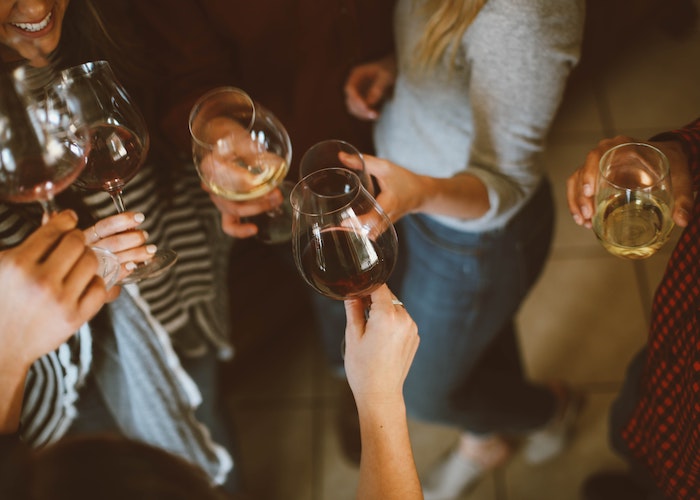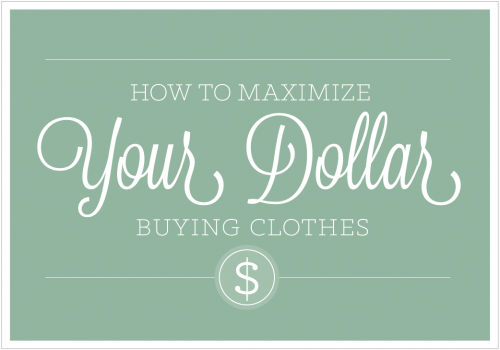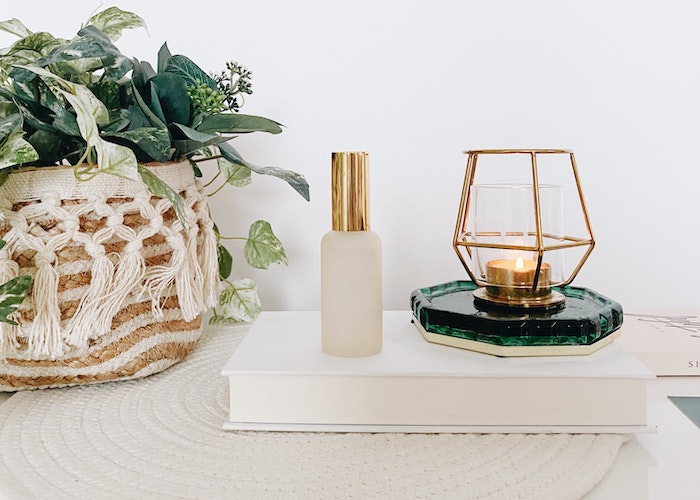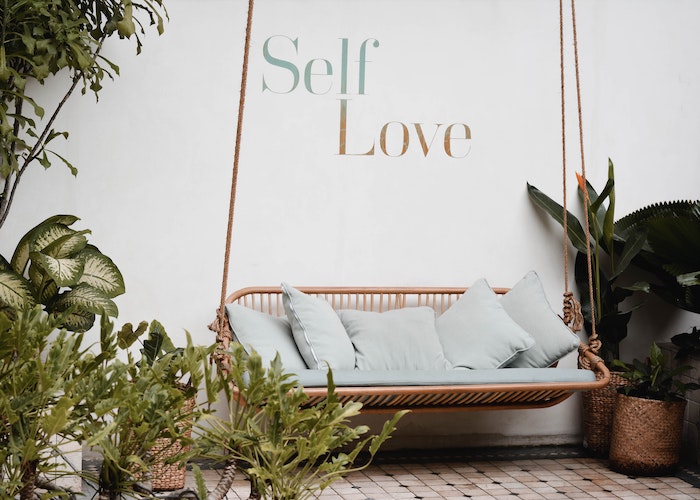PSA: No, You Shouldn’t Cut Casual Friendships Out Of Your Life

The COVID-19 pandemic this past year has highlighted the difficulties, and joys, of close relationships. Whether it’s your best friends who you suddenly had time to call every day, instead of once a week, or the friends who stepped up and made an effort to keep in touch, becoming closer with every new lockdown, the pandemic affected our friendships and close relationships in profound ways. But, what about our casual relationships? I don’t mean the hookups or casual romantic relationships; I mean the friends you weren’t actually close enough with to call up during the pandemic, but you’d see at a big game night or housewarming. I mean the coworkers you passed by in the office hallway or the barista who always made your 6 am latte before you hopped on the train.
Well, more and more research has shown that these “weak ties” or casual acquaintances increase both our sense of belonging and our sense of happiness, so on a given day if you have more weak tie interactions than on another day, you’re likely to be happier. And so, another layer of unhappiness during the pandemic has been a distinct lack of these weak tie interactions. Pre-pandemic, on average you would have 11 to 16 of these conversations in a given day. Now, that number is most likely zero, maybe 1 or 2 if you’re lucky.
Personally, the aspect of casual acquaintances I miss most is that feeling of expanding my “bubble”. We all carefully select our close friends, particularly so that our values and ideas are aligned. Inside these bubbles that we build for ourselves, we’re rarely challenged to think too outside of the box we’re comfortable with. But, with casual friends, or perhaps at a party where a friend of a friend is introduced, I am often introduced to new ideas or vocations or thoughts—even ones I disagree with! And that, for me, has made a big difference to my mental health.
This past year, watching strangers on the internet or news sites espouse ideas I fundamentally disagree with has felt incredibly isolating. However, if I am able to put a name or a face and a persona to some of those ideas, I am more likely to engage with those thoughts. And the reality is that a lot of that way of thinking isn’t as far removed from our circles as we’d like to believe. For me, the beauty of casual relationships is that they highlight this and force us to engage in ways that may be uncomfortable, whether at a happy hour or a housewarming.
I found that my best weak tie interactions would come from the gym. I always did group fitness classes and while I wasn’t close friends with anyone, I would see recurring faces and we’d share a smile or chat while we got ready for work after class. The truth is, I probably wouldn’t have picked those people to be in my tight-knit circle of friends. For one, a number of them were older moms, so not in my age bracket (and married, unlike my single self). For another, they were a lot wealthier than I was, barely repeating outfits at the gym. But, my brief conversations over our shared passion of an early morning spin class would put a bounce in my step as I walked into the office.
Even the complete strangers—the barista, the ticket master on my train, you name it—uplift me on a bad day. While the impact to my mental health is not significant—after all, I don’t find myself crying into a pillow because I can’t chat with a nameless, faceless barista I might meet—I do miss the sense of community it gave me to live in my neighborhood and have my “haunts” whether they be my gym or my coffee shop or my grocery store. In an era of mask-wearing and social distancing, it’s harder than ever to encourage and cultivate these interactions.
Still, I try and say good morning to the people I walk past on the street, these days. I’ll strike up a conversation with someone on the bus based on the book they’re reading—however awkward it may be. It just feels nice to be able to be in spaces with strangers again, in community and solidarity on our neighborhood sidewalk or local bus, even if it’s going to be awhile before we can safely see people’s smiles.
Keertana Anandraj is a recent college grad living in San Francisco. When she isn’t conducting international macroeconomic research at her day job, you can find her in the spin room or planning her next adventure.
Image via Unsplash




